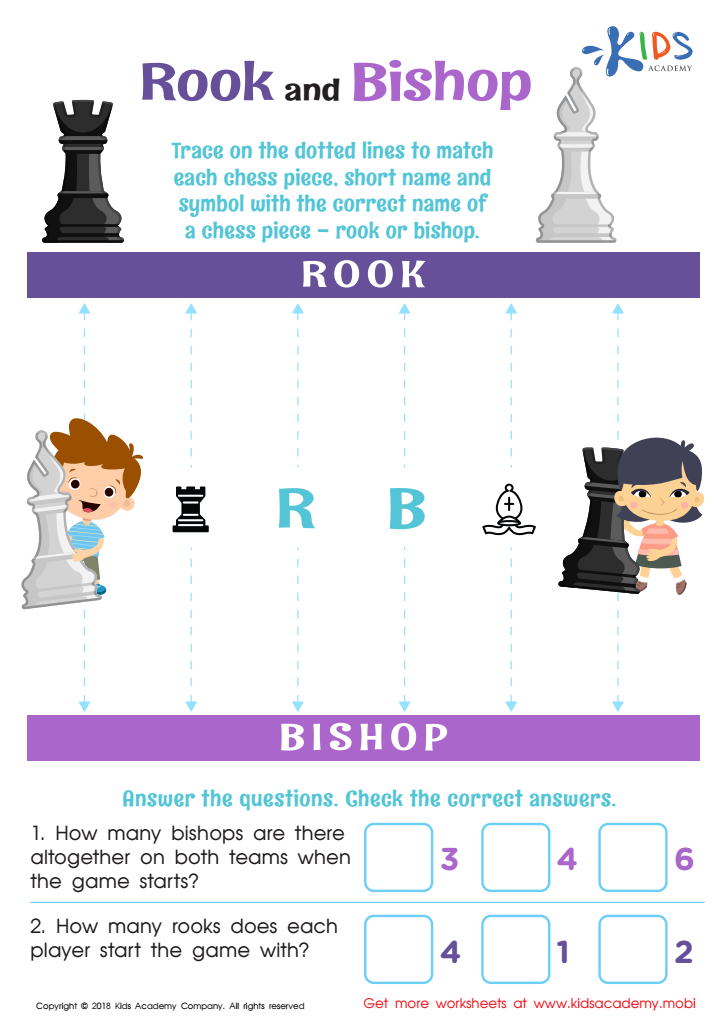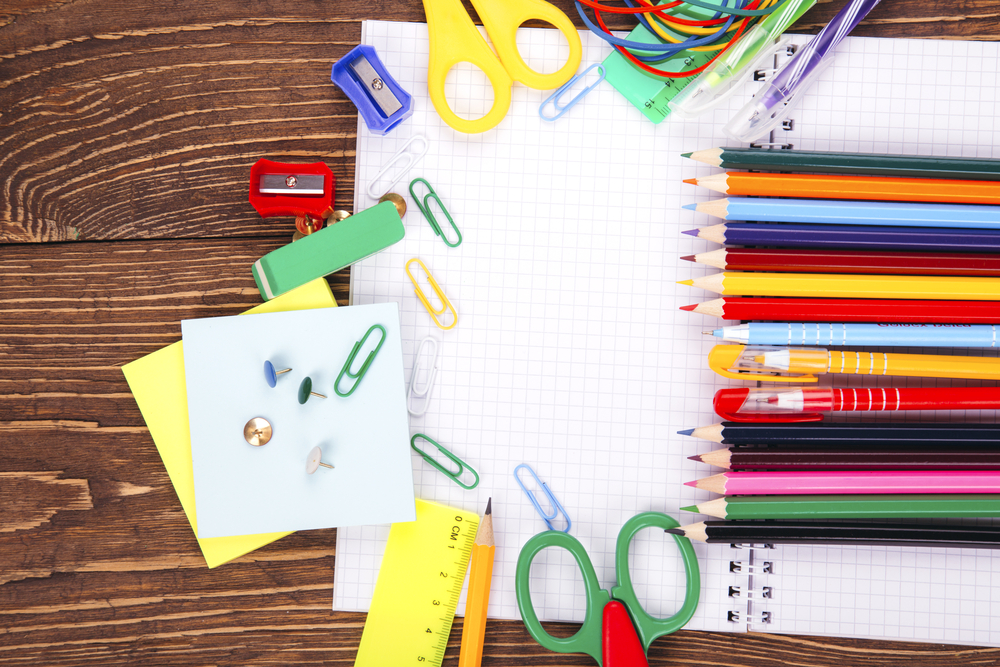Visual distinction skills Worksheets for Kids
1 filtered results
-
From - To


Rook and Bishop Worksheet
Question/Answer
What are some effective activities to train students’ Visual distinction skill when teaching them about Chess?
Effective activities for training students' visual distinction skills in chess include pattern recognition exercises, such as identifying different chess positions and tactics (e.g., forks, pins, skewers) on worksheets or digital platforms. Playing "blindfold chess," where students must visualize and remember the board and pieces' positions, also significantly enhances their visual and spatial analysis abilities.
Why is the Visual distinction skill important for Grade 1 students?
The visual distinction skill is crucial for Grade 1 students because it lays the foundation for essential academic abilities such as reading, writing, and math. It helps them differentiate between letters, numbers, shapes, and patterns, enabling early literacy and numeracy skills development. This skill also supports the ability to follow instructions, organize information visually, and solve problems effectively.
How to train the Visual distinction skill in Grade 1 students learning about Chess?
To train visual distinction in Grade 1 students learning about chess, start with simplified, engaging activities such as matching pairs of chess pieces, distinguishing between different pieces on a board, and identifying possible moves for specific pieces in given positions.
 Assign to the classroom
Assign to the classroom












